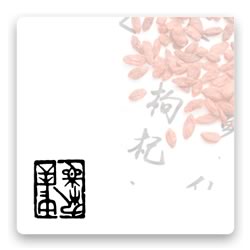We use cookies to make your experience better. To comply with the new e-Privacy directive, we need to ask for your consent to set the cookies. Learn more.
Pulse Diagnosis: An Introductory Guide for the Experienced Practitioner
Did you know?
For the cost of 5 articles (students) or 10 articles (practitioners) you can buy a year's access to the entire Journal of Chinese Medicine article archive.
Pulse diagnosis is widely regarded as a core component of the diagnostic framework of Chinese medicine. Such regard for pulse diagnosis is founded on the premise that pulse assessment is a clinically reliable diagnostic method. The validity of the pulse as a diagnostic tool tends to be founded on its historical roots in antiquity; because pulse diagnosis has been in use for so long, its validity is rarely questioned. Such uncritical acceptance of the information provided by classical texts (and reiterated in contemporary literature) has left the pedagogical framework for the use of pulse diagnosis compromised, and subsequently its reliability as a diagnostic tool is questionable. In many cases, the information available for practitioners is either ambiguous, lacking clear instruction on the use of pulse diagnosis, or contradictory, with different authors holding opposing views. This paper aims to clarify some of the problems associated with the use of pulse diagnosis in a modern context, and to encourage practitioners to identify misconceptions regarding pulse diagnosis, thus facilitating its use as a reliable diagnostic tool in contemporary clinical practice.
| Author | Sean Walsh, Emma King and Greg Simpson |
|---|
* Orders shipped outside of Europe are eligible for VAT relief and will not be charged VAT.

